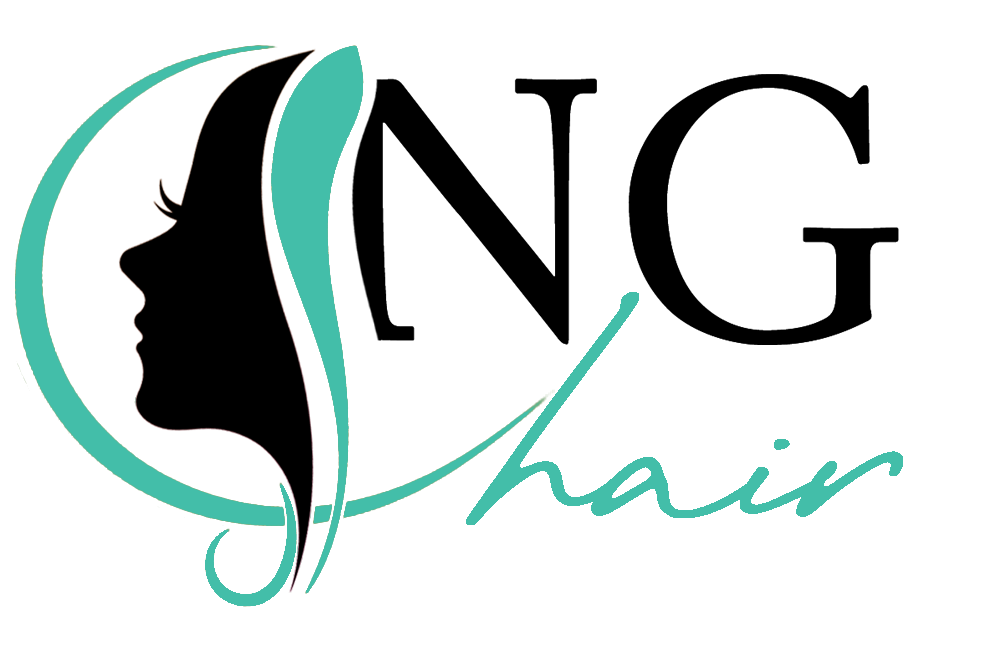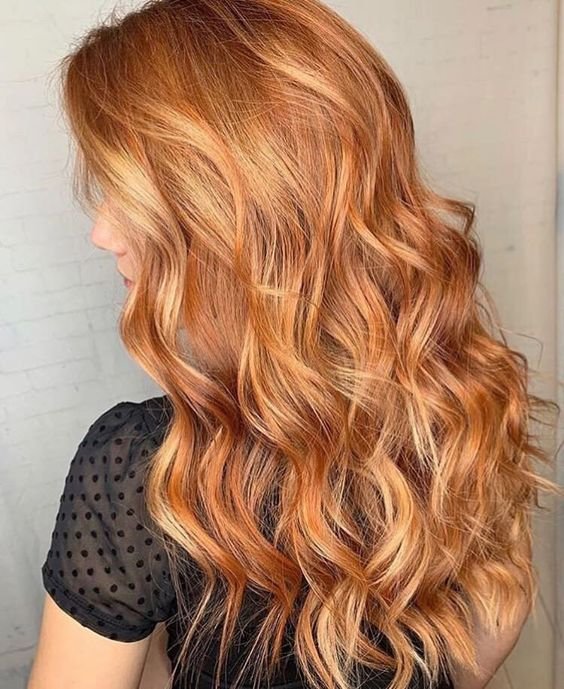Hot Products Blog
6 Different Types of Hair
- Clip-ins
Clip-in extensions are wefts that are clipped into your natural hair. This type of extension is considered the easiest, quickest and safest of the bunch. If you’re looking for a temporary style change, clip-ins are the best choice, as they’re low-maintenance and commitment-free. “Clip-ins can change your look in a matter of minutes, with zero damage to your real hair”.
You can rock clip-in extensions about 15 to 20 times and you can easily wash and style them without worrying about heat or chemical damage.
- Tape-ins
Tape-in extensions are adhesive strips placed at the roots using heated glue. “Tape-ins work in ’sandwiches,’ meaning that you place a thin strand of hair between two pieces of extensions, and they all get glued together at the root”. “The strand of hair you’re sandwiching needs to be very thin, about 1⁄8 inch, so the adhesive on both sides can bind together through the hair. If you pinch two fingers together and can feel them through the hair, you’re good to go.”
It can take between 40 minutes to an hour to complete the application process. To best care for them, you should wash and style them delicately. Avoiding sulfate or oil-based products to keep the adhesive from loosening or drying out the extensions themselves (because no one wants a hair extension slipping off at an event). Tape-ins can last for 8 to 12 weeks before they need to be removed (using solvent spray).
- Sew-ins
Sew-ins (or weaves) are the most popular hair extensions, especially for thicker hair. First, your natural hair is braided into cornrows and then, the extension is weaved into the braids using a needle and some thread. The installation takes around two (or more) hours depending on the number of rows needed. You can expect to enjoy them for up to 8 to 10 weeks before it’s time for removal. A great tip for maintaining their health is to add moisturizing products (like deep conditioner and protein-based masks) into your routine.
- Microbeads
Microbead (or i-Tips) extensions use tiny beads and pliers to clamp the extensions in place. These beads are usually matched to your hair color, making it easy to blend them in seamlessly with your natural strands. There’s no heat or glue involved and it takes around 2 to 4 hours to complete the look. You can rock the installment for up to four months before getting it redone. To keep them in top shape throughout that duration, you’ll want to be gentle when styling, brushing and washing your hair.
- Fusion Bonds
Fusion bonds are special keratin tips that are applied directly over your natural hair. This process uses a heated clamp to melt the glue and keep the extension in place. Similar to microbead extensions, it takes around 2 to 4 hours to complete the entire process. While they can be styled as you please, fusion bonds also come with a few challenges. For starters, they feature numerous chemicals that can cause hair loss, breakage and even scalp irritation for some people. However, if you want a stronger and longer hold, and you have naturally fine hair, they’re a great choice.
- Hairpieces
Some people forget that hairpieces—wigs, buns and ponytail clippings—are a form of hair extensions. These accessories add fullness and length just like other extensions, while letting you switch up your look. When it comes to lengthening your ponytail, it only takes a few steps to rock the look: “Start by putting your hair up in a ponytail. Then, place the ponytail extension over it, with the comb inserted on top of the hair tie for a stronger grip. Once the pony is in place, use the textile bands to secure it. You can then use a strand of hair to cover the textile base for a perfect blending,”
They look perfectly natural and feel very secure thanks to the comb and ties, so you can move around as much as you want without the fear of the pony sliding off.” Overall, these are all quick and temporary styles you can try on your own.



 Products
Products
Related Posts: